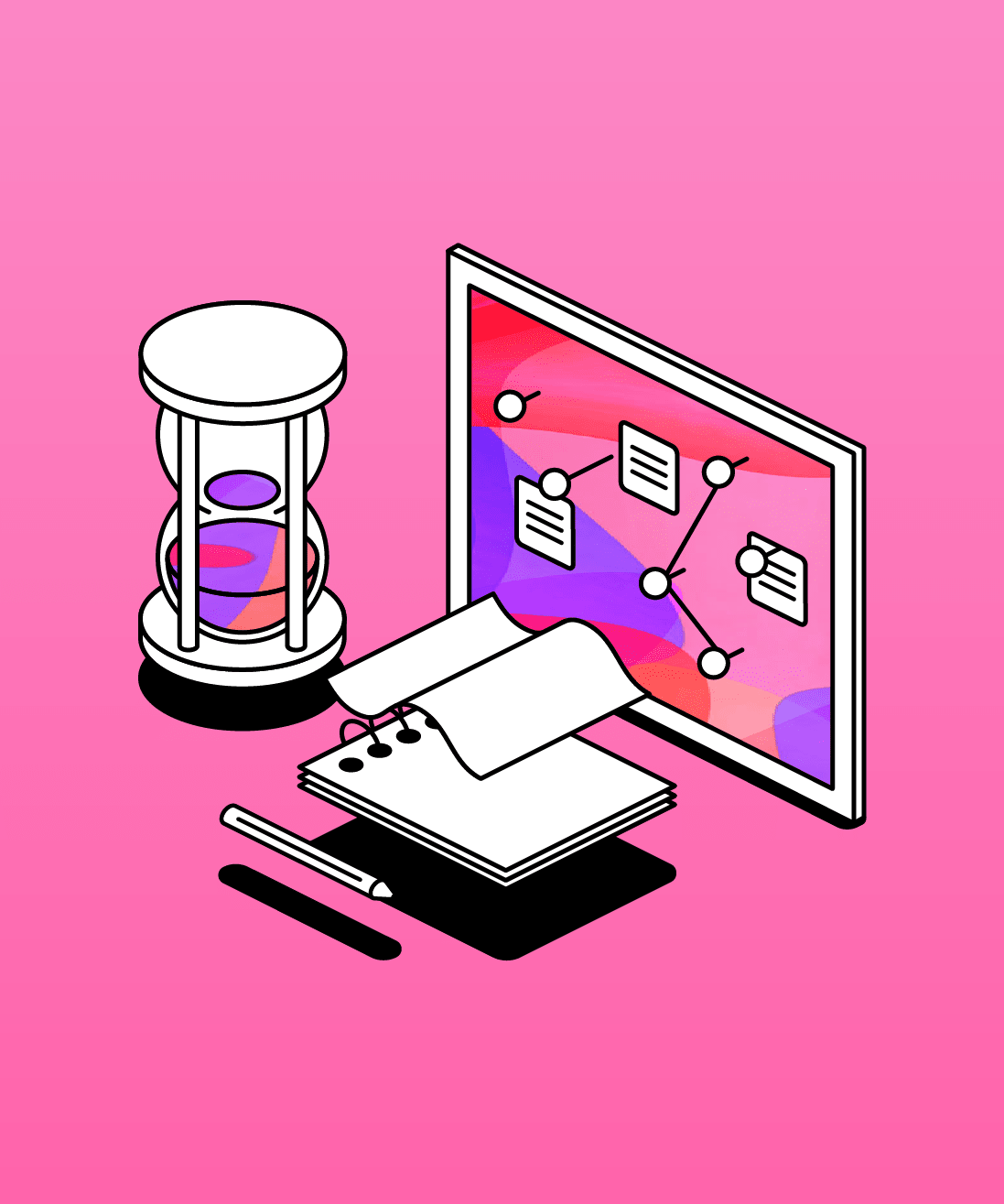ADHD and working memory: what is the link?
Students with Attention Deficit Hyperactivity Disorder (ADHD) will struggle to keep track of what they need to do, read and process information, and sustain attention.
 2 min read
2 min read
 Published: 30 Jan 2024
Published: 30 Jan 2024
 Jacob Goodwin
Jacob Goodwin


Students with Attention Deficit Hyperactivity Disorder (ADHD) often struggle to keep track of what they need to do, find it difficult to read information from slides in lectures, and have difficulties sustaining attention.
Here we will explore the link between ADHD and working memory. By understanding how the brain influences ADHD, we can improve our understanding of the difficulties these students face when studying.
What is ADHD?
Composed of both hyperactive/impulsive behaviours and inattentive behaviours, ADHD is classed as a behavioural disorder. Students with ADHD typically display behaviours such as:
- Being overly active.
- Finding it hard to follow instructions.
- Forgetting what they are doing or what they have learned.
- Having difficulty paying attention to detail.
- Getting easily distracted.
- Struggling to organise or finish a task.
Poor inhibition is also a central feature of ADHD, which is closely related to executive function – a cognitive skill that helps to plan, manage and control behaviour.
Sustained attention is a related executive function that students with ADHD will find challenging; because they find it hard to monitor their actions, they will lose sight of the objective of a task.
A student with ADHD will find it difficult to inhibit thoughts unrelated to the task they are working on, and thus cause delays and negatively impact on the completion of the task.
How does the brain influence ADHD?
Studies have shown that students with ADHD often have an under-active prefrontal cortex.
The prefrontal cortex is where our working memory is housed and operates from. If this area of the brain is reduced in volume, then our ‘brain work-space’ where we can perform mental work and operate coherent thought is reduced.
This means that the working memory in students with ADHD may not be able to exert control over intrusive and unrelated thoughts that enter their heads while they are trying to focus on a task.
While the prefrontal cortex is under-active in the brains of students with ADHD, the motor cortex has been found to be overactive. The motor cortex is responsible for planning and controlling our motor functions.
This can lead to restless, fidgety, overly active behaviour that interferes with our ability to focus and sustain attention.
Students with ADHD find multitasking a challenge; they may struggle to stay focused during multi stage problems or instructions, and will often lose track or only complete one part of a task.
So why do they struggle to process the information that enables them to carry out these tasks? As mentioned in a previous blog:
‘We must attend to the incoming information in order for it to be efficiently processed, i.e. transferred from our sensory perception (visual or auditory) into our memory’.
The information is not processed because the ADHD student struggles to sustain attention, which is partly due to a poor working memory capacity.
How can we support students with ADHD in the learning environment?
ADHD and working memory deficit may impact a student’s ability to hold information or focus in class, but there are steps available to improve support.
Assistive technology can help students with ADHD to minimise the impact of their symptoms.
Assistive software may:
- Help students break their assignments down into manageable chunks and support them with planning and organisation of ideas.
- Help students plan their work schedule so that they do not have to multitask too much.
- Audio record their lectures so that they can break the information down and listen to it multiple times.
- Help students with time management so that they work in small timed efforts.
- Simultaneously deliver information through auditory as well as visual channels to support deeper processing.
These strategies will help to reduce working memory load and processing, and boost working memory capacity. This will, in turn, improve sustained attention and facilitate learning.
Find out more
If you would like to read more about cognition and learning, Dr. Sue Wilkinson has previously written for us on a range of topics including mental health and cognitive function, as well as the relationship between depression and concentration.
In the meantime, there are a wealth of options available for disability service departments to accommodate students with ADHD. The question is, where do you start looking? And what should you look out for?
We're Glean, and we’d like to show you what we’ve learned.
Article originally written by Dr Sue Wilkinson, posted on 24th January 2019.
More from Disability Services
View All
 4 min read
4 min read
6 common areas of faculty pushback and how to overcome them
To help facilitate conversations with faculty members and allay any concerns around introducing Glean to your institution, we’ve curated six common topics of discussion alongside responses to maximise positive outcomes.

 2 min read
2 min read
Access All Areas: How Anoka-Ramsey Community College use Glean
Disability and Accessibility Specialist Heather Dibblee is dedicated to advocating for the rights of underrepresented students who may feel unheard. In part two of our Q&A series we explore how Glean is used within her institution.

 3 min read
3 min read
Higher Education and Disability: an interview with Joseph Madaus & Lyman Dukes III
Gleanster, Mais Wilsher, recently sat down with Joseph Madaus and Lyman Dukes III, Professors at the University of Connecticut and the University of South Florida to discuss their latest research publication, Higher Education & Disability.





